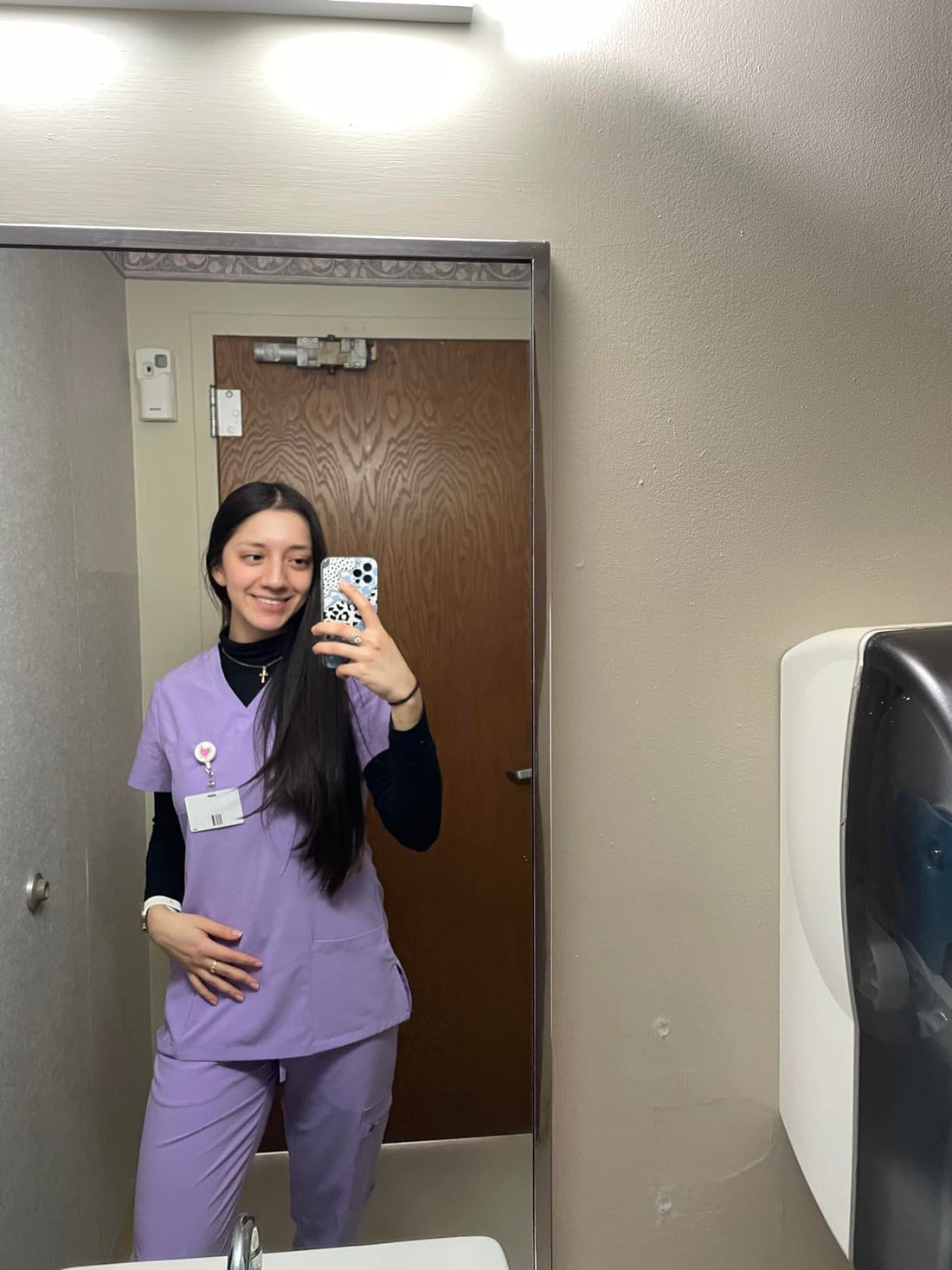
The Future of Medical Scrubs: Why Eco-Friendly Fabrics Matter
Share
In the ever-evolving world of healthcare, sustainability has emerged as a crucial factor, and medical scrubs are no exception. As healthcare professionals strive to provide the best care for their patients, it's equally important to consider the impact of their uniforms on the environment. Eco-friendly scrubs are not just a trend; they represent a significant step towards a more sustainable and responsible healthcare industry.
The Environmental Impact of Traditional Scrubs
Traditional medical scrubs, often made from synthetic materials like polyester, have a substantial environmental footprint. These materials require significant amounts of energy and water to produce, and they often end up in landfills after minimal use. The sheer volume of scrubs discarded daily by healthcare facilities contributes to pollution and waste.
The Rise of Eco-Friendly Fabrics
Recycled Polyester
Recycled polyester is a game-changer in the world of sustainable scrubs. Made from post-consumer plastic bottles, this material reduces plastic waste while maintaining the durability and moisture-wicking properties needed in a medical setting. Recycled polyester scrubs are not only environmentally friendly but also cost-effective in the long run.
Organic Cotton
Organic cotton is another excellent choice for eco-friendly scrubs. It is naturally breathable, soft, and free from harmful pesticides and chemicals. Organic cotton scrubs are fully biodegradable, making them a sustainable option that is gentle on the skin.
Bamboo Fabric
Bamboo fabric is highly breathable and moisture-wicking, making it ideal for long shifts. It also has antimicrobial properties, which enhance hygiene in healthcare settings. Bamboo grows quickly and requires minimal water, making it an environmentally friendly choice.
The Economics of Sustainable Scrubs
While the initial cost of eco-friendly scrubs might be higher, their superior durability can lead to lower long-term costs. Sustainable scrubs often maintain their color and structure through repeated washes, reducing the need for frequent replacements. Additionally, by reducing waste management expenses, healthcare organizations can allocate more funds to patient care and staff development.
Nurses as Sustainability Advocates
Nurses, who form the backbone of patient care, have a unique opportunity to lead the way in sustainable practices. By choosing eco-friendly scrubs, they can directly reduce their personal carbon footprint and encourage their employers and colleagues to do the same. This shift not only benefits the environment but also sets a positive example for patients and the broader community.
Conclusion
The choice of scrubs might seem like a small detail, but it can have a significant impact on the environment. By investing in eco-friendly scrubs, healthcare professionals are not only caring for their patients but also for the planet. As more healthcare facilities commit to reducing waste and carbon footprints, sustainable scrubs stand out as a practical and cost-effective solution. Embrace this change, champion eco-friendly alternatives, and join the movement for a healthier, more resilient future in healthcare.
Cozyfit scrubs https://wearcozyfit.com/ are made from breathable and waterproof fabric. This fabric not only effectively prevents liquid penetration but also maintains good breathability, keeping healthcare workers dry and comfortable even after long hours of work. It is particularly suitable for use in medical environments because it can effectively prevent liquid penetration and reduce the risk of infection.
